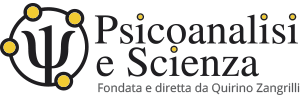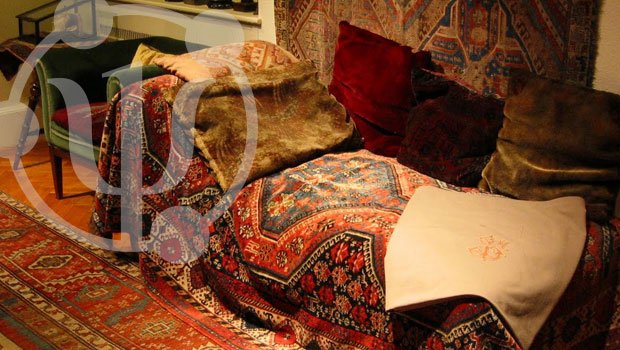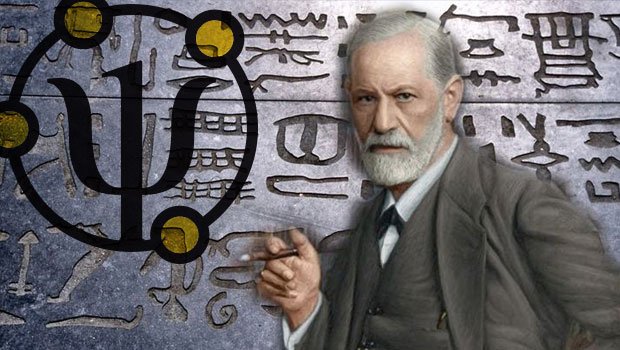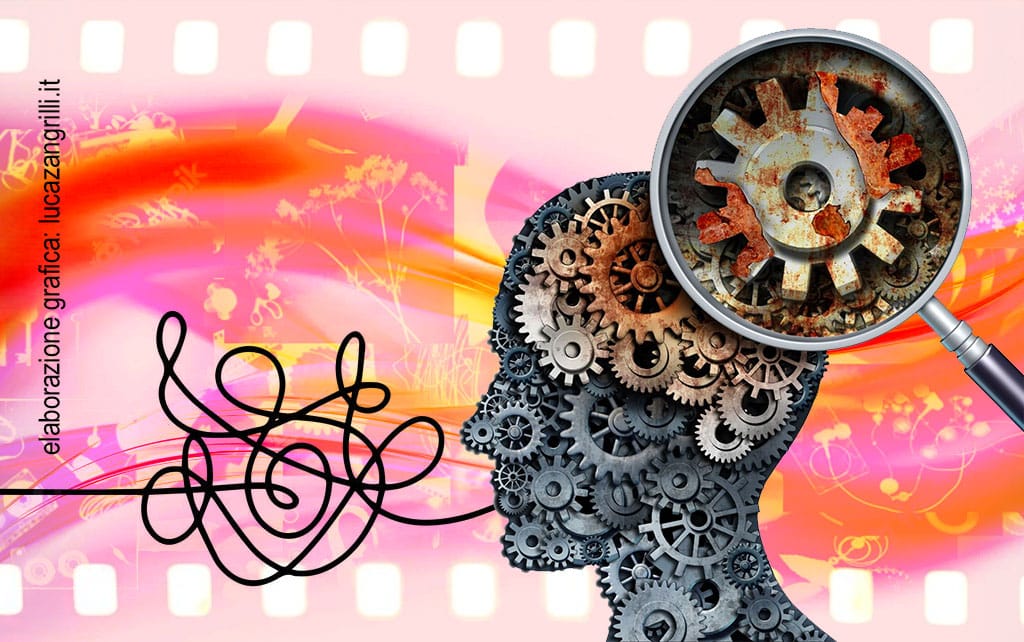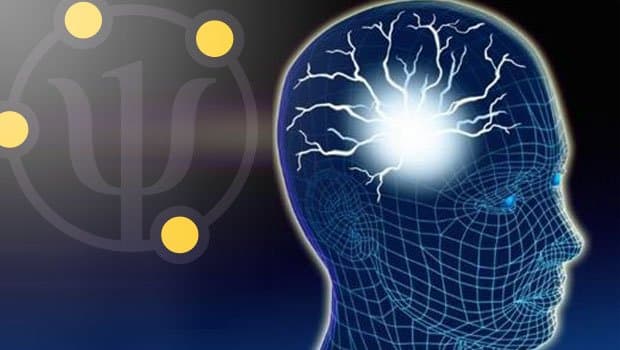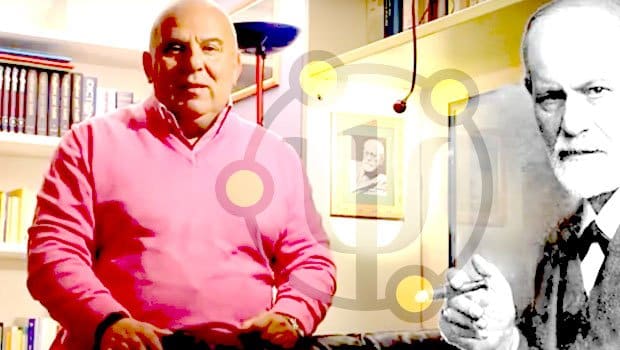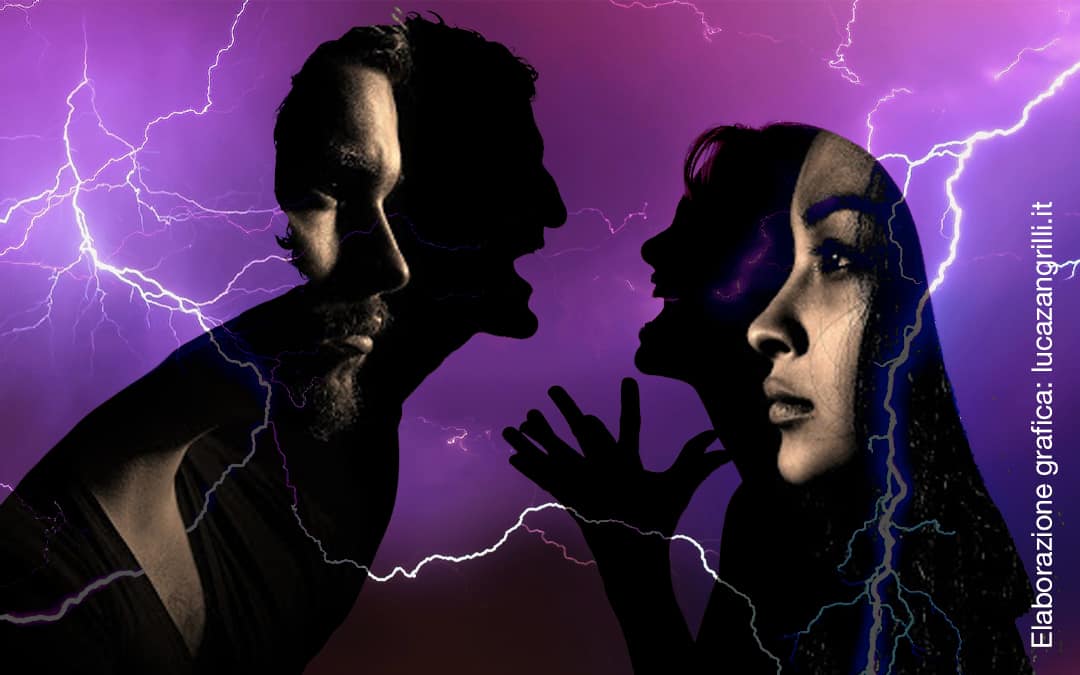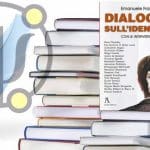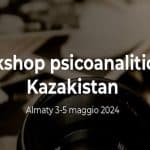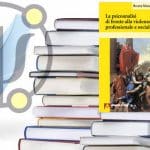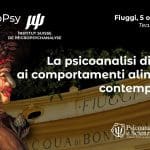Because of his job, a psychoanalyst comes into continuous contact with human suffering and the privileged observatory constituted by the individual sessions (which deepens the longer the session time is extended) allows him to register what is most intimate and true in the human mind.
During such a deep interaction, progressively, the lies, the manipulations, the camouflages, the rationalisations give way to mental associations which become more and more sincere and close to the richer and more energetically powerful part of our personality: the unconscious.
If we could measure the distance between that which the human being effectively experiences from a psychic and emotional point of view and that which he tells or believes to live, we would be obliged to resort to light-years. One of the social problems which is mostly subjected to the mass phenomena of denial, repression or deformation is, without doubt, that of the drug addiction. And, at the same time, this dramatic reality drags a huge baggage of sufferance with it for the drug addict and his family.
In an article dedicated to popularisation one cannot subtract oneself from making approximations or expositive cuts.
Above all I would like to underline an elementary concept: apart from a small percentage of cases in which there is an absence of a relevant psychic conflict in the behaviour of the drug addict, the drug addict is a sick person like any other: we should, therefore, force ourselves to mentally associate him with any other sick person who is a carrier of a severe somatic disease, potentially mortal (the seriously ill heart patient or the neoplastic patient, for instance, towards whom we find no difficulty in feeling spontaneous and intense sentiments of compassion).
This affirmation, which could even be retained pleonastic so obvious it is, generally provokes vibrating objections from the drug addicts themselves, who, because of the huge sense of omnipotence which characterises the structure of their personality and impedes the perception of the real danger connected with the use of the drug, tend to cover up by defensive rationalisation, the intense and compulsory unconscious need with the pretension of a different life, heroic, striving towards infinity, far from the shallowness of the daily bourgeois.
I have, hence, the automatic habit of making a sigh of relief when I listen to a sincere “Doctor, help me!” by the drug addict. The sick person who asks for help is already in the advanced dimension of he who is already trying to contain the illness inside him, he perceives the danger and has matured that obvious consideration, which is innate in the subjects who are immune from the appetency for drugs, that there can be no freedom in the presence of a compulsive need.
The next ones to complain of such an obvious consideration are people forced by their own fear and unconscious aggressiveness to totally eliminate any, even if remote, possibility of identity between oneself and the Other, the Criminal and the Deviant, similarly as one commonly did with the mentally ill a decade ago. But the drug addict is a particular kind of sick person: one of the characteristic signs of his illness is founded on the intense psychic appetency for drugs; it is, in fact, without doubt, for anyone who has even a minimum clinical experience, that the so called “withdrawal syndrome”, which was so dramatised in the past, from the point of view of the strictly somatic problems, is nothing particularly imposing or worrying and it is of immediate resolution through even banal medicines.
The central problem is that nobody, up until now, has been disposed to ask the obvious question: “Why does this psychic appetency exist?” The answer, even if it may seem bewildering, is that these subjects have a real need of that pharmacological substance, socially named “drug”.
They need it because it transitorily calms the intense anguish and the intolerable internal conflict which agitates them.
If heroin had not presented the disagreeable collateral effects that we know well and the tachyphylaxis, in other words the necessity to progressively increase the doses due to the rapid process of tolerance to gain the same pharmacological effect, its diffusion would be enormous and it would be considered a psychoactive drug as any other.
Why does no one ever consider that heroin, a semisynthetic derived from morphine, is essentially a very powerful tranquilliser both because of its direct action (rarely, as almost all other tranquilliser, provokes dysphoria) and because of its well known flash effect of disconnection with one’s own Ego that the drug addict looks for?
The drug addict tries to find heroin in the same way that a terminally ill cancer patient would try to find any kind of therapeutic remedy that could calm his pain. And little does it matter if the sufferance is perceived at the soma level or at the psychic level: it is always sufferance.
But the drug addiction to opiates cannot be considered a syndrome apart: it is a symptom of a situation of high psychobiological conflict.
And there can be no kind of resolution without a process of consciousness-raising of the deep conflicts which feed the appetency. Basically the drug addict, by taking heroin does nothing other than operate an unconscious (and disastrous) attempt of auto-therapy, which, if on one hand allows him to live, on the other hand it permits him to maintain unaltered his pathological state of omnipotence: “I am not mentally ill. I am simply different!”.
The human being who, because of the characteristics of his psychobiological ground, ends up developing a drug addiction, with the high death drive which distinguishes him (in other words his auto and hetero-destructiveness) has always existed: in the past generations he went to war as a volunteer in the shock troops, in the 50’s he attached his life to the wheel of chance during mad and often mortal raids in cars or motorbikes. Or even, in the generation which has preceded us, he developed an alcoholomania. The actual drug addict is particularly unfortunate: firstly he has encountered on his path some diabolical molecules which are much more aggressive and deadly in respect to the precedent ones and secondly he can no longer easily hide his problem in a socially acceptable way; finally the illegality of the drug market automatically makes him a criminal.
One of the frankly disarming affirmations which is often made, unfortunately also by some psychological professionals, is that of the responsibilities, an issue which often generates a state of pitiful conflict within the families and nurtures deep and painful senses of guilt especially for the parents.
This is an issue which, with the deepened observation of the situation with the magnifying glass constituted by the psychoanalytic research, loses a great amount of its grounding and acquires a certain relativity.
Because the conflictual story that feeds the drug addiction’s situation in the single member of the family has often begun many generations before, it has found, in other members of the family, other ways of representation (severe somatic illnesses, sentimental or working failures, dangerous or deviant social conducts, etc) and only in this actual moment, the same transgenerational trauma acquires the stigmas of the drug addiction.
Often, employing the precious method used by the micropsychoanalitic school which is a genealogical study and which consists of a meticulous research which serves itself of different documentary sources, such as letters, photographs, family archives, house maps, etc. the young drug addict has the possibility of recognising, in the attempts which have interested the past generations, the same ground soaked by the death drive which distinguishes him.
This proof of reality, if it is shared by the actual family group, will be a source of great relief, on the first hand because having the perception that it is to do with traumatic facts which repeat themselves in different forms, defuses the factitious drama of the pitiful sensation of estrangement and incomprehensibility of what is happening and constitutes the first feedback of familiarity between the young addict and his family.
The clear perception of traumatic events which succeed each other during the course of the generations, deprives the drug addiction of that burning sense of irreparability, of frightening extraneousness, of diabolicalness that once, when I was a child, blanketed the common representation of malignant tumours, something that people did not even dare to mention.
This constitutes the first important step: having the awareness that the case of drug addiction is not the first event that, shaking that retroactive idealisation of every Family History, arrives to torment the family. This way the young addict has the possibility of freeing his shoulders of the heavy burden of being alien which makes him feel like a monster without roots.
If he begins and concludes a psychoanalytic therapy, very slowly, together with the progressive neutralisation of the unconscious conflict which feeds the appetency for the drug, he will be able to discover that the tormenting ambivalence which pushes him to fight against his parents and the whole world, is only the umpteenth repetition, which engages unaware actors, of a script constituted by representations and affects that has a distant origin and of which, often, the codes of expression have been lost.
Giving a voice to this distant and traumatic past is the only possibility that we have to render it energetically inert. And in a definitive way.
Written by: Quirino Zangrilli © Copyright
Translated by Linda De Nardo
Nel 2024 riceve il Premio Accademico d’Onore della Accademia Culturale Internazionale Cartagine 2.0.
Doctor Quirino Zangrilli was born in Fiuggi in 1955. Graduated with honours in Medicine and Surgery in 1980, he practices Psychoanalysis, with intensive method, since 1982. He is author of 72 scientific pubblications. He has attended as speaker or president of session to many national and international scientific Conventions. His book “La vita:involucro vuoto” (Life: empty involucre), published by Borla in 1993, has been in use by the Chair of Dynamic Psychology at Turin’s University since 1994. He is the author and founder of the multimedia review “Psicoanalisi e Scienza” (Psychoanalysis and Science), the most read Italian on line review of psychoanalysis. In 2012 he participated as a Speaker at the Scientific Festival of BergamoScienza. In 2013 he illustrated his research on the maternal-fetal interaction in the Special Session of the XI World Congress of Perinatal Medicine in Moscow with his relation “Intrauterine Imprinting”. He is visiting teacher at Moscow Institute of psychoanalysis and training psychoanalist of Swiss Institute of Micropsychoanalysis.
In 2024 he received the Honorary Academic Award of the Carthage 2.0 International Cultural Academy
Le Le Docteur Quirino Zangrilli est né à Fiuggi en 1955. Diplômé avec mention en Médecine et Chirurgie en 1980, il pratique la psychanalyse depuis 1982, en utilisant une technique intensive. Il est l’auteur de 72 livres et publications scientifiques. Il a participé en tant que conférencier ou président de session à de nombreuses conférences scientifiques nationales et internationales. Son livre “La vie : enveloppe vide”, publié par Borla en 1993, est adopté depuis 1994 par la Chaire de Psychologie Dynamique de l’Université de Turin. En 1994, il a reçu le “Prix national Ciociaria de médecine”. Il a conçu et fondé le magazine multimédia “Psicoanalisi e Scienza”, qui est le magazine de psychanalyse en ligne en italien le plus suivi au monde. (Source : Entireweb, Alexa, Google, Virgilio, Arianna., etc.). En 2012, il a participé en tant que conférencier à la colloque scientifique de BergamoScienza. En 2013, il a exposé ses études sur l’interaction materno-fœtale lors de la session spéciale du XIe Congrès mondial de médecine périnatale à Moscou avec le rapport “Intrauterine Imprinting”. Il est chargé d’enseignement au cours de spécialisation de trois ans en psychanalyse, psychothérapie psychanalytique et consultation psychanalytique à l’Université de Moscou. Il est membre didacticien de l’Institut Suisse de Micropsychanalyse et de la Commission pour la Pratique de celui-ci.
En 2024, il reçoit le Prix Académique Honoraire de l’Académie Culturelle Internationale Carthage 2.0.
В 2024 был награжден Почетной академической премией Академии Международной Культуры «Карфаген 2.0».
